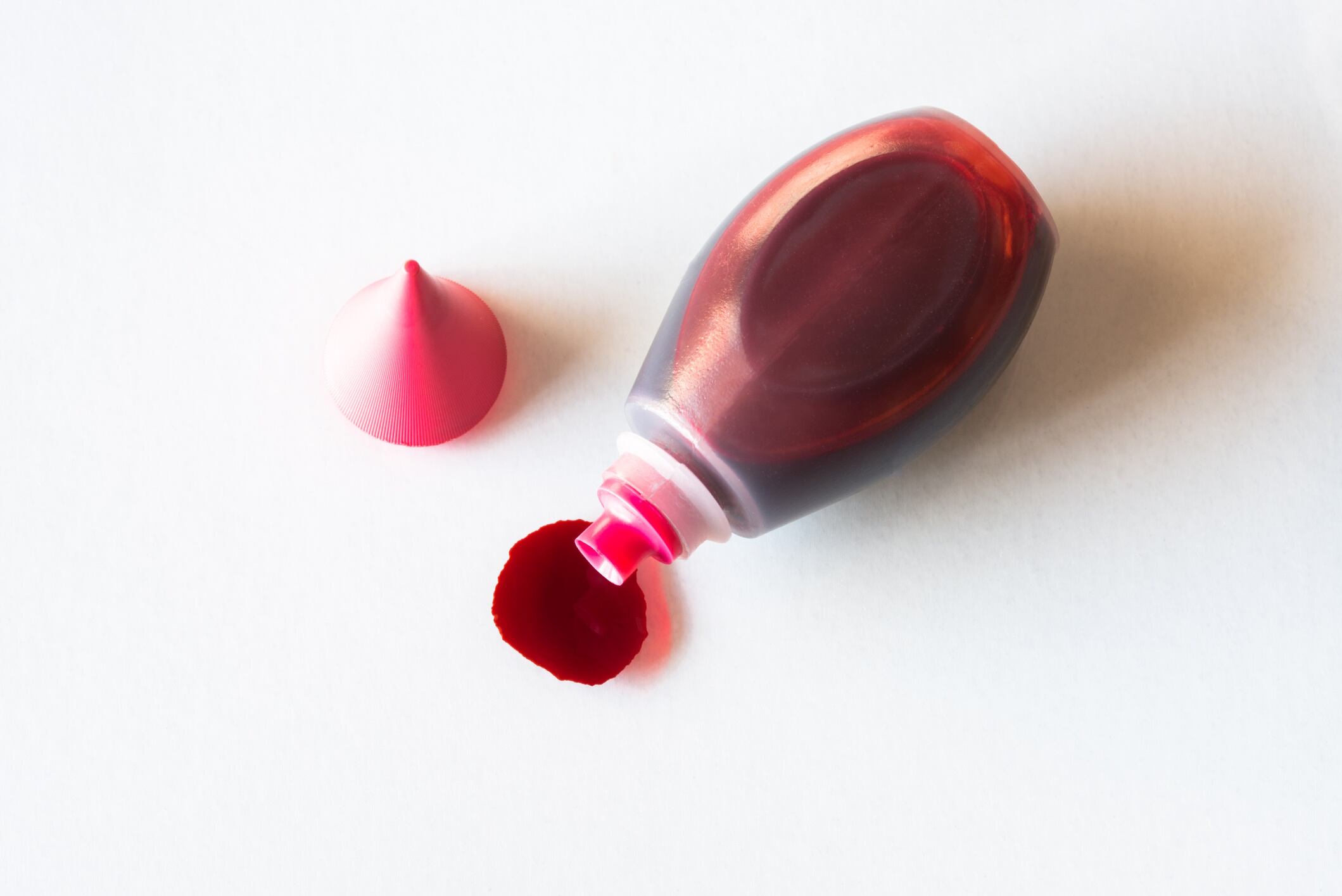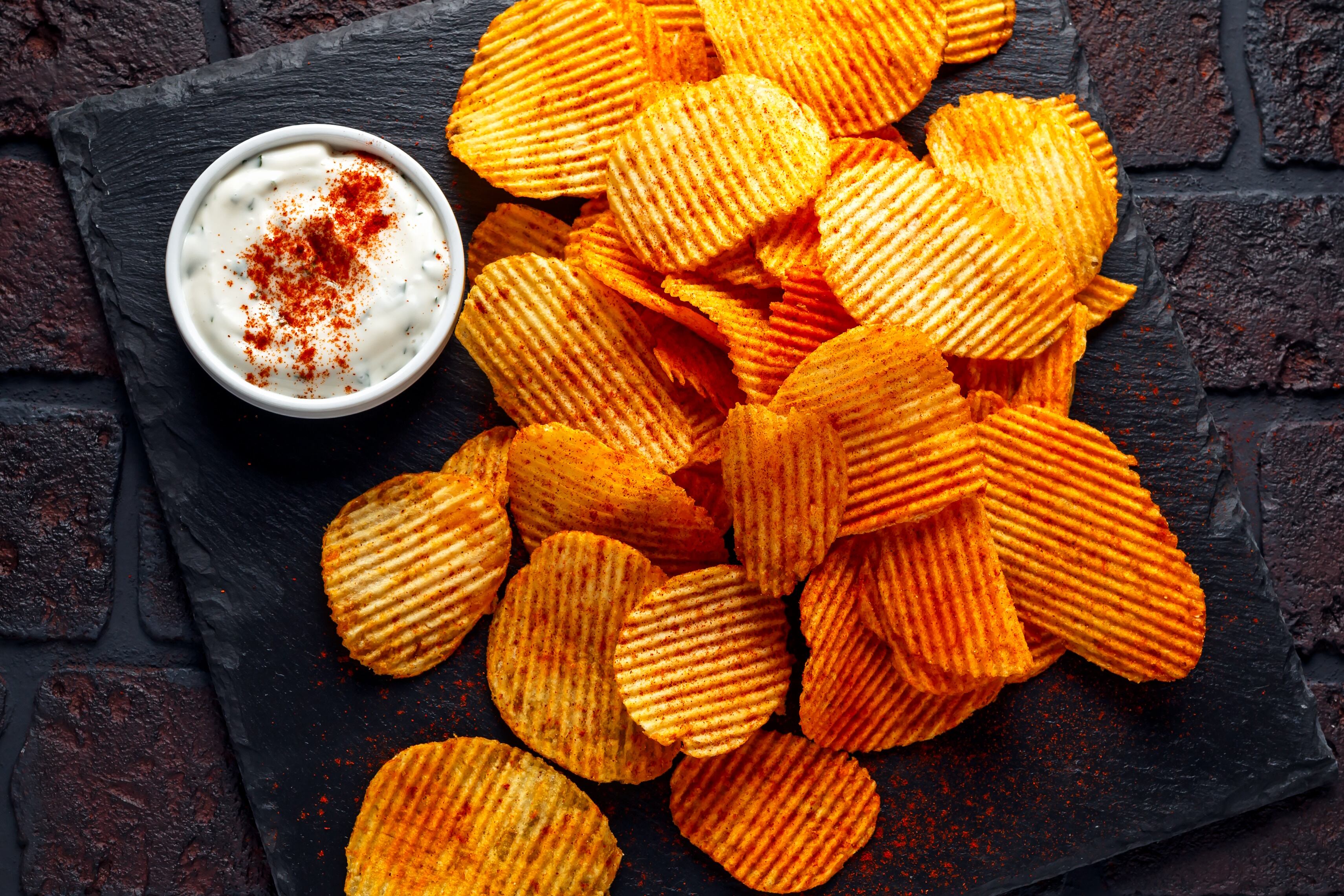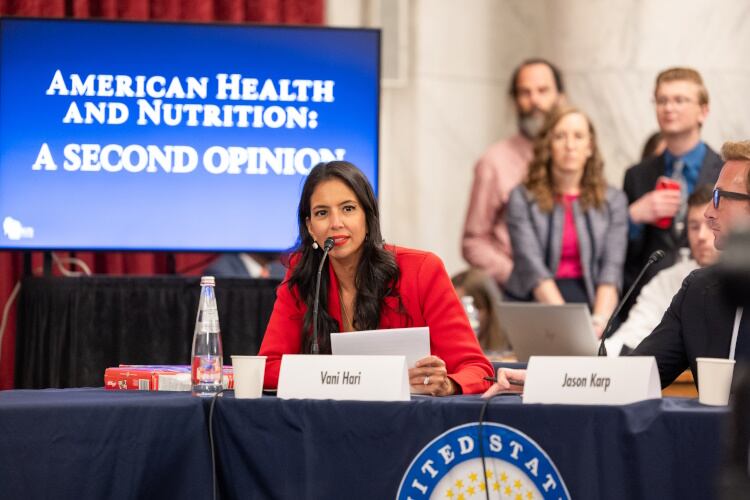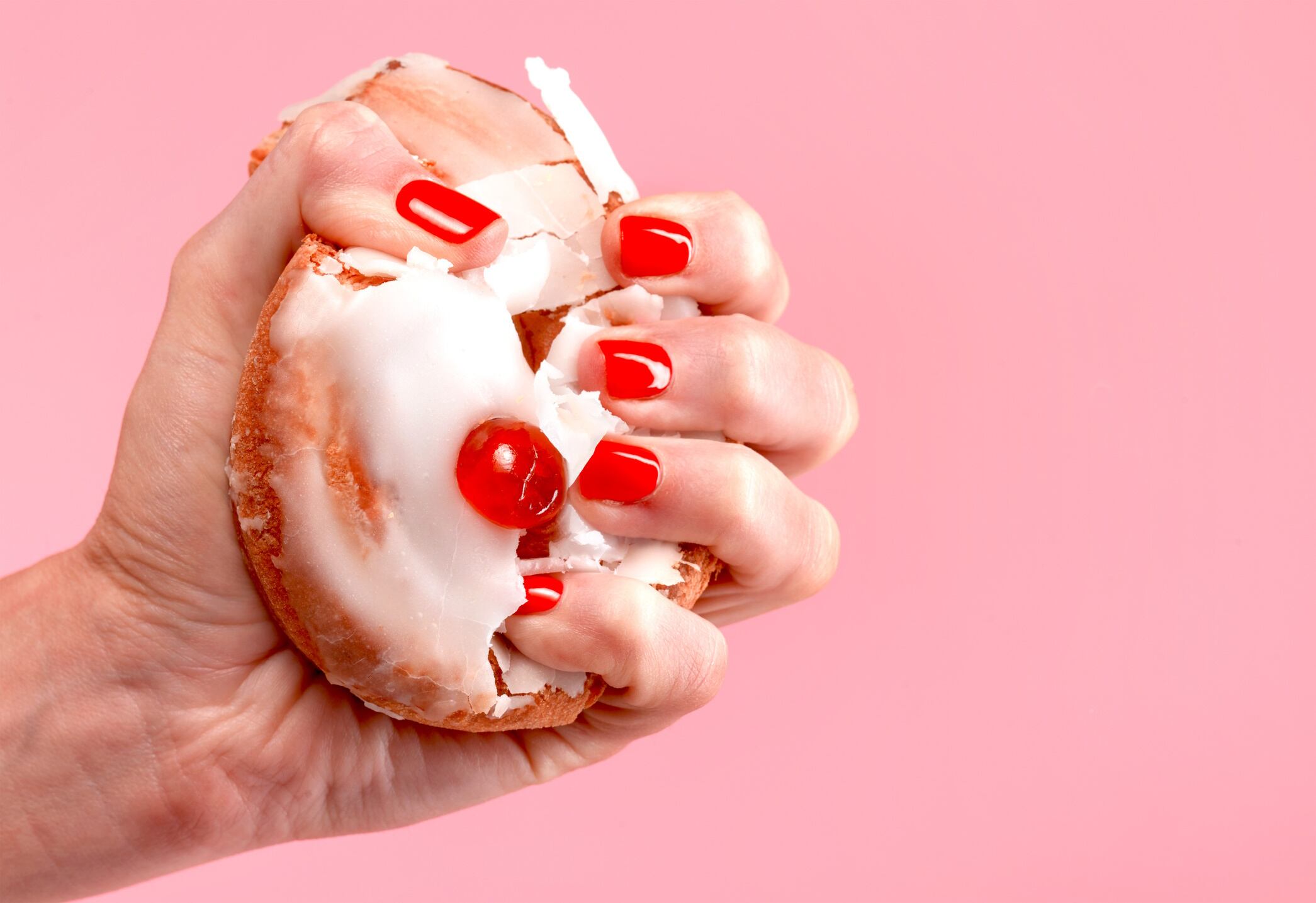“If you want to eat petroleum, do it at home. But don’t feed it to our children.” That mic-drop moment from US Health and Human Services (HHS) Secretary Robert F Kennedy Jr wasn’t hyperbole.
It was delivered at a high-stakes press conference held yesterday (22 April) in Washington, DC - and it marked the start of what the Administration is calling a major campaign to clean up the US food supply.
Flanked by US Food and Drug Administration (FDA) Commissioner Dr Marty Makary, RFK Jr outlined the Administration’s plan to phase out all petroleum-based synthetic food dyes from the American diet, citing growing evidence these additives contribute to hyperactivity, obesity and other chronic health conditions.

War on food dyes
In a move that stunned even seasoned observers, the FDA announced a sweeping plan to eliminate these dyes. As outlined by Dr Makary, the multi-step strategy includes:
- An immediate roadmap for transition to natural alternatives;
- Revocation of obsolete colorants Citrus Red #2 and Orange B “within weeks”;
- A deadline of end-2026 to phase out the six most common dyes: Red 40, Yellow 5, Yellow 6, Blue 1, Blue 2 and Green 3;
- An accelerated request to remove Red Dye 3 ahead of the previously set 2027-2028 deadline; and
- Authorisation of four new natural colour additives “in the coming weeks.”
These dyes are common across a wide range of packaged foods – from breakfast cereals to chips, candies, yoghurts and beverages. The implication: widespread reformulation is no longer optional, it’s imminent.
Colour reform starts now

Yet something notable was missing from the announcement: a formal reiteration of the two-year phase-out timeline RFK Jr had promised on 9 April.
Instead, the FDA’s official deadline of end-2026 took centrestage. The absence of that earlier pledge raises questions about how quickly the Administration expects industry-wide compliance, and what tools it’s willing to use to enforce it.
Still, the urgency was palpable. “We’ve run a massive, uncontrolled experiment on our children for the past 50 years,” said Dr Makary. “And now we’re ending it.”
RFK Jr echoed that sentiment. “We’re going ingredient by ingredient. Every synthetic chemical that doesn’t belong in a school lunch is on notice.”
Big Food under fire

Rather than hammering the industry with mandates, the Administration is banking on collaboration. “We’ve had wonderful meetings with the food industry,” RFK Jr told reporters from the Great Hall in Washington. “They’ve said, ‘Give us one national rule and we’ll do it.’”
However, he was frank about the informal nature of those talks. “We don’t have an agreement … we have an understanding,” he admitted. “But it’s working.”
Dr Makary summed up the approach this way: “You win more bees with honey than fire. Let’s start in a friendly way. But we are exploring every tool in the toolbox to make sure this gets done quickly.”
One major driver of industry cooperation is the state-level patchwork of laws. “Thirty-plus states have already introduced their own bans or bills,” said RFK Jr. “That’s chaos for national brands. They want clarity and we’re providing it.”
Industry feedback
Still, not everyone is thrilled. The National Confectioners Association (NCA), which represents companies like Hershey, Mars and Ferrara, responded with cautious support.
“The FDA and regulatory bodies around the world have deemed our products and ingredients safe,” said Christopher Gindlesperger, NCA’s SVP of Public Affairs and Communications. “We look forward to working with the Trump Administration and Congress on this issue. We are in firm agreement that science-based evaluation of food additives will help eliminate consumer confusion and rebuild trust in our national food safety system.”
Gindlesperger also emphasised that confectionery products are consumed differently from other foods. “Candy is eaten in moderation - just 2-3 times a week, averaging 40 calories per day. That’s far less than cereals, baked goods, condiments and beverages.”
The path forward won’t be easy. “In most cases, there are not immediate replacements available,” he noted. “Approvals for new food colour additives in the US take 10 years or longer and cost millions of dollars.”
Meanwhile, the Consumer Brands Association added its voice to the mix. In a statement from CEO Melissa Hockstad, the group emphasised its commitment to safety and scientific rigour: “The ingredients used in America’s food supply have been rigorously studied following an objective science and risk-based evaluation process and have been demonstrated to be safe. Removing these safe ingredients does not change the consumer packaged goods industry’s commitment to providing safe, affordable and convenient product choices to consumers.
“As we increase the use of alternative ingredients, food and beverage companies will not sacrifice science or the safety of our products,” she continued. “Consumer Brands has long asked HHS and FDA to reestablish themselves as the country’s leading regulatory authority, and we appreciate that the Administration has reasserted their leadership in response to the myriad of state activity in the food regulation space.”
Some companies are already ahead. Prior to RFK Jr’s press conference, Hain Celestial’s CEO Wendy Davidson announced, “100% of our US food and beverage portfolio is free from FD&C artificial colours. We only use natural sources, and we don’t touch Red Dye 3.”
For Hain, this is less about compliance than opportunity. “Consumers are demanding better-for-you products,” said Davidson. “This isn’t a trend - it’s a shift. And we’ve built our strategy around it.”
According to McKinsey, 82% of US consumers are now prioritising wellness, and 75% have purchased at least one natural or organic product in the past six months.
Social media rules

Much of the momentum behind this policy came from outside Washington. Food activist Vani Hari, also known as the Food Babe, helped ignite a grassroots movement. “We delivered over 400,000 signatures to Kellogg’s headquarters demanding they remove dyes banned abroad,” she said. “They told us to get off their lawn. Now we’re standing at the podium with the FDA.
“This is a win for every American who’s ever felt gaslit by the food industry,” she added. “We’ve been shouting into the void for years. Today, the void answered back.”
No more dye lines
RFK Jr made clear that food dyes are only the beginning. “Today’s teenagers have the same testosterone levels as 68-year-old men. Girls are hitting puberty six years earlier. We’re facing an epidemic of chronic disease … and it starts with what’s on our plates.”
“We spend $1.8 trillion a year treating chronic illness. That’s more than our military budget. We’re not going to medicate our way out of this. We have to fix the food.”
He said the FDA will roll out a public database where consumers can scan barcodes and instantly see what’s in their food. “We’re going to democratise information,” RFK Jr said. “If we can’t ban it, we’ll label it. If we can’t label it, we’ll expose it.”
New federal labelling laws are also being drafted but will require Congressional approval. “We’ll get there,” RFK Jr vowed. “But in the meantime, we’re using every tool we’ve got.”
Dr Makary reinforced the bottom line: “This isn’t just about compliance. It’s about trust. It’s about giving kids a fair shot at a healthy life.”
In an industry built on colour and convenience, this may be the moment the rainbow cracks. “A healthy person has a thousand dreams,” RFK Jr said. “A sick person has only one. We’re choosing health. And we’re done with petroleum on our plates.”


